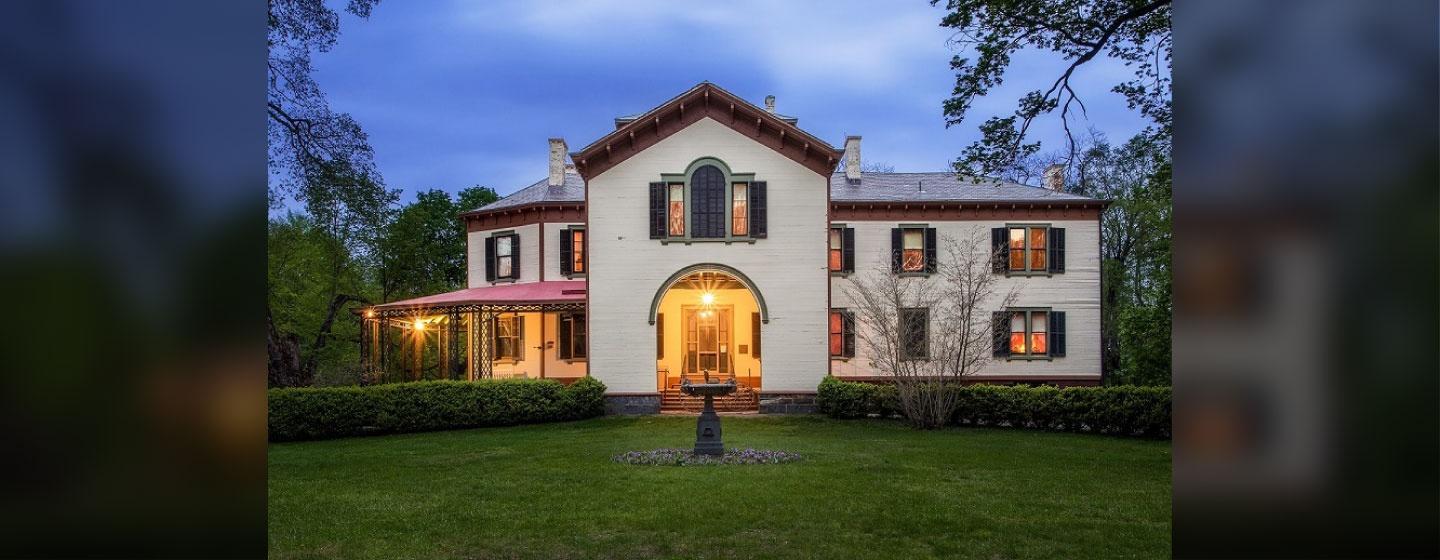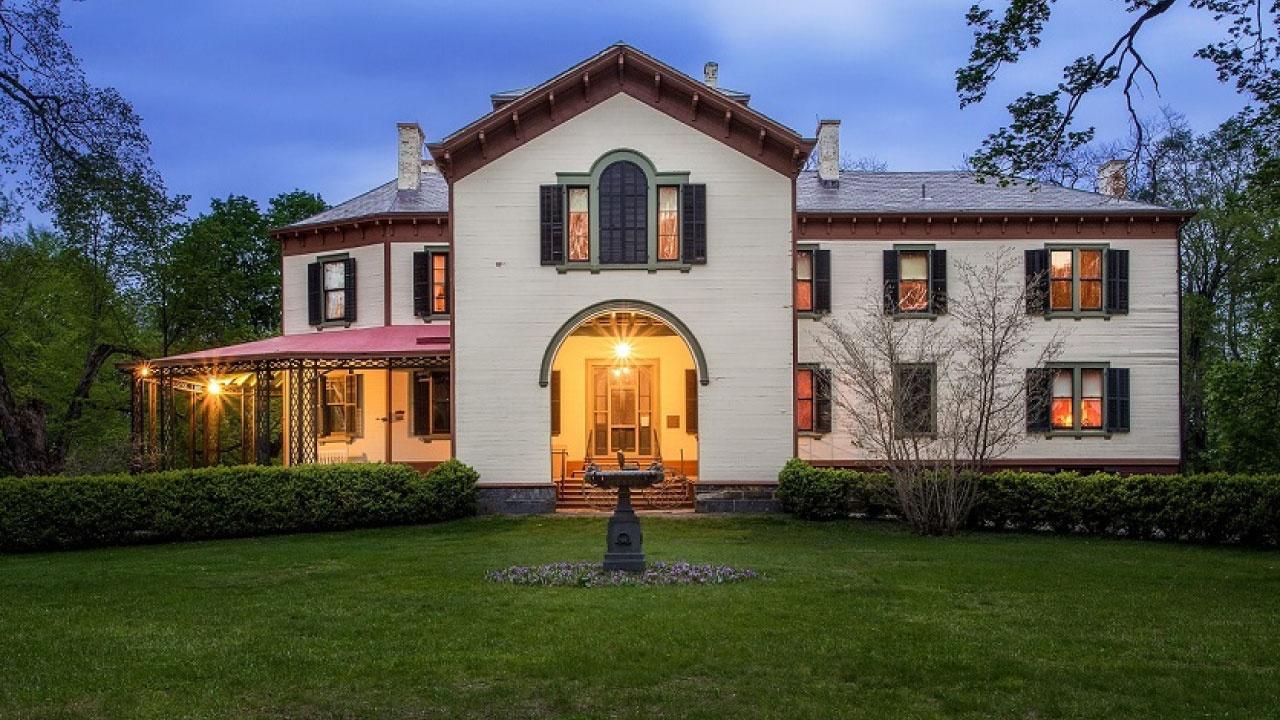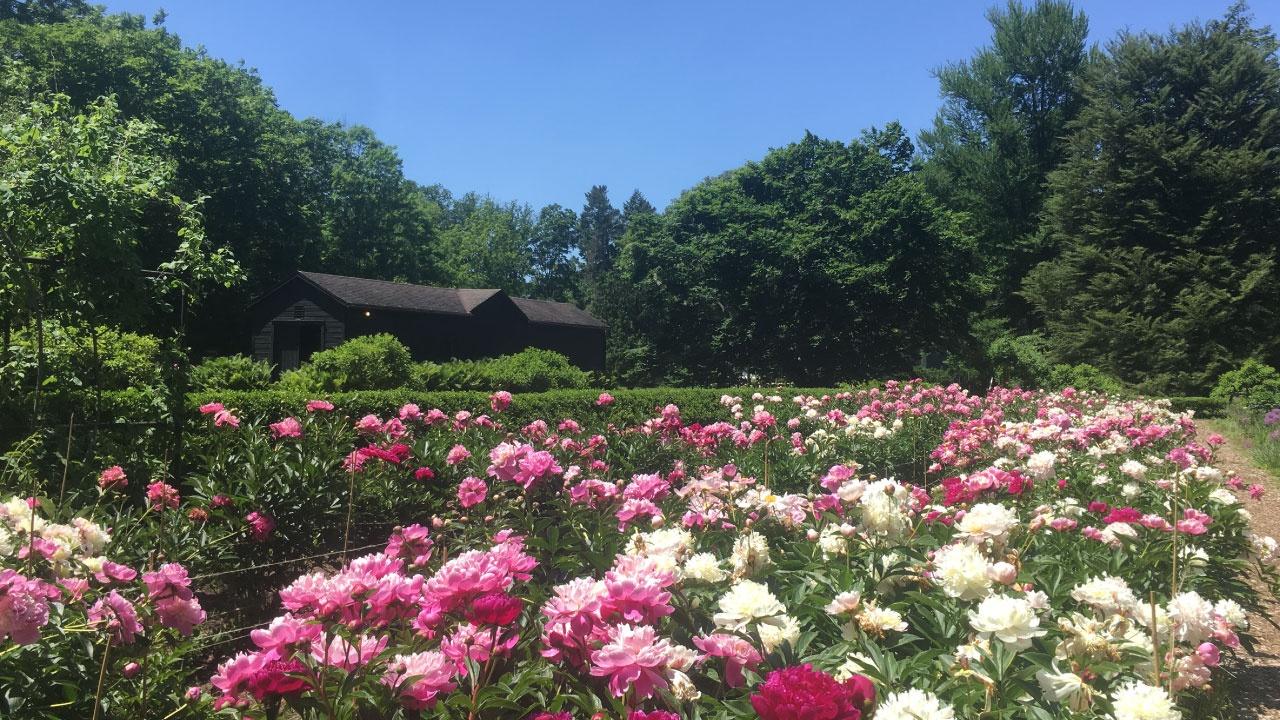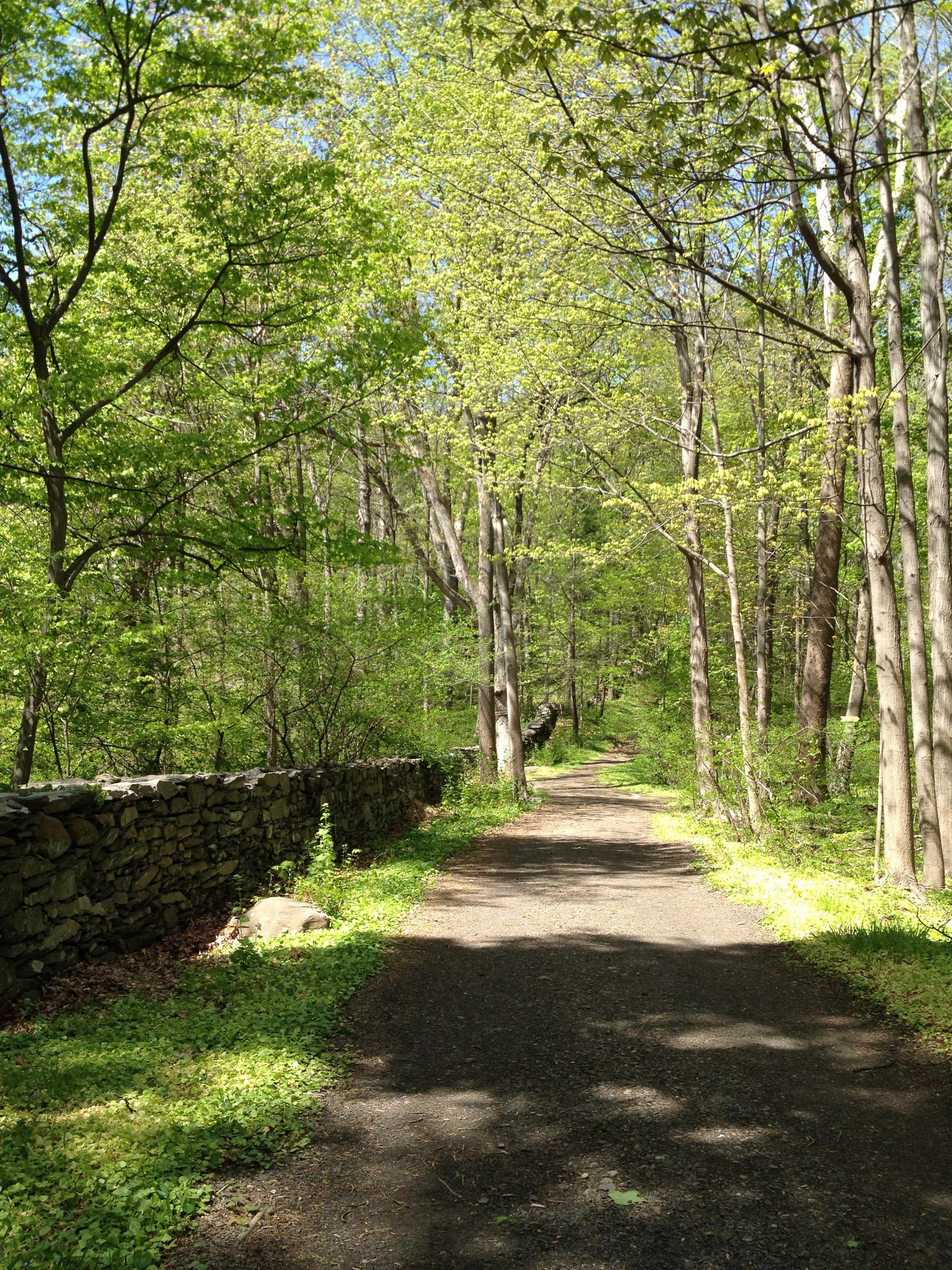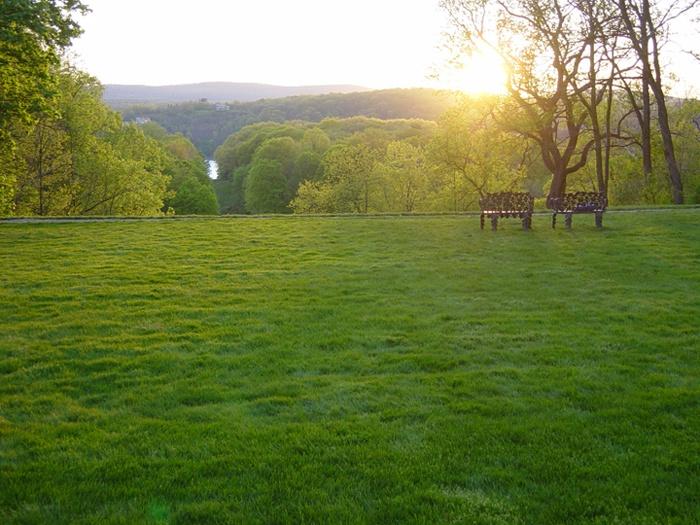Locust Grove Estate has recently opened its grounds which includes the visitors center, the blooming flower and vegetable gardens, and 5 miles of carriage roads.
Located in Poughkeepsie, NY this estate is the perfect getaway. The grounds and trails are open from 10am-5pm daily, with 200 acres to explore.
Locust Grove offers an art gallery, museum, and nature preserve in New York's Hudson Valley. The estate is known for its meticulous architecture and surrounding landscape, only made better by the scenic beauty of the Hudson Valley region.
This circa 1850 Italian style villa was once home to a notable figure in world history. Samuel B. Morse, the inventor of the single-wire telegraph system and namesake of the famous Morse Code, lived at Locust Grove with his family during summer months.
Morse was inspired by the villas of the Italian countryside, wanting one of his own right in Upstate New York. Leaving his Fifth Avenue townhouse behind, Locust Grove became the perfect retreat.
With Morse’s death in 1872, a new family took ownership of the property.
William and Martha Young, and eventually with their children Annette and Innis Young, helped to transform the estate into what it is today.
The Young family were important residents of the Hudson Valley. Their reputation contributed to the prominence of the estate and the property began to reach its full potential.
After her parent’s death, Annette Young worked tirelessly to protect the arts, surrounding land, and historic home. Upon her death a not-for-profit was established to ensure the estate would carry on its legacy, guaranteeing the site would be used as a museum and nature preserve for the public to enjoy.
Today, Annette Young’s wishes are still being fulfilled. Visitors can take a trip into the past; the grounds are just as they were in the early 20th century.
Wander freely through Locust Grove’s impressive gardens. These gardens provide a place for visitors to learn about the wide variety of vegetables and fruits grown on the estate over the past three centuries.
If visitors are up for a hike, the estate has 5 miles of carriage roads that were laid out in the 19th century. Wind through the forest and meadows alongside the Hudson River.
Locust Grove Estate offers even more with art exhibits at the visitor center’s Transverse Gallery, museum collections and archives, and a virtual exhibition. Check out their website to see all the estate has in store.
Take a look at paintings and decorative arts left behind by the Young family. You will also find silver, textiles that showcase the styles of the early 20th century, and even purses while talking a walk through the museum.
As for the virtual exhibition, Locust Grove invites the public to explore their Victorian curiosities. Collaborating with Rhinebeck New York’s Wilderstein estate, the exhibition features a selection of household objects original to each site. Match box covers, a butter churner, a giant fly trap, and a sock stretcher are just a few of the centuries old curiosities.
The historic mansion is temporarily closed for guided tours. Read up on more COVID-19 rules here: https://www.lgny.org/hours-and-fees



